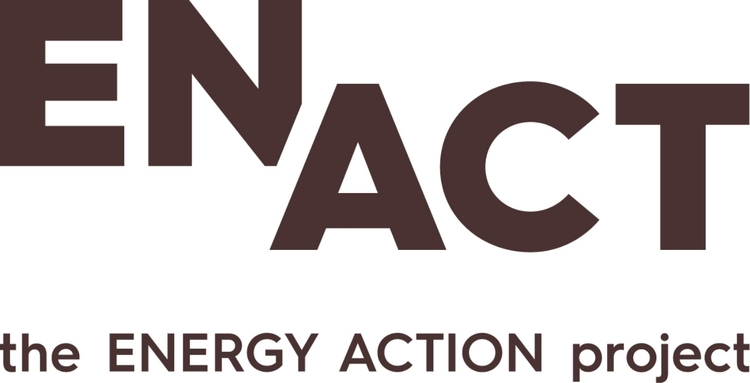Poverty and energy poverty are widespread in rural Armenia. Almost 40% of rural households live below the poverty line and spend (on average), 20% of their total household budget on energy. Many homes are uninsulated stone buildings, equipped with inefficient heating systems that require constant ‘feeding’.
Armenia is mountainous: most of it lies above 1000 m in altitude. Keeping warm during its frigid winters is a matter of survival. In some villages, the cold season spans 7-8 months with average temperatures a chilly -8 °C.
While electricity is reliable across Armenia, the dominant need in these areas is energy for heating and cooking – very little of which is electric. Fuelwood accounts for around 70% of heating, often used in combination with dried animal dung.
Rural energy supply and demand, reproduced from GIZ Armenia Energy Baseline Study (2019).
This high reliance on fuelwood is threatening local forests. Some estimates calculate that forest cover has been slashed by half over recent decades, from roughly 20-23% of the land area to just 8-11%.
Forest decline has many causes, but fuelwood harvesting is a key driver. The government has intervened with restrictions on the ‘allowed cut’, which is currently below actual demand, yet still too high for forests to regenerate. Arguably, it is also poorly targeted: while commercial operations cut far more fuelwood, individual households feel such restrictions more acutely.
With forests disappearing, the clock is ticking to find affordable ways to heat homes.
Click ‘In-depth’ above to dive deeper into this story.
Or listen to our two-part podcast series:
This blog was written by Alyssa Bougie, M.Sc. graduate from the University of Hohenheim, whose thesis focused on energy cultures in rural Armenia, with help from Alen Amirkhanian of the American University of Armenia, Prof. Dr. Claudia Bieling of University of Hohenheim, and Marilyn Smith, EnAct.
EnAct is grateful to the following agencies for funding and support for reporting on energy poverty in rural Armenia.





